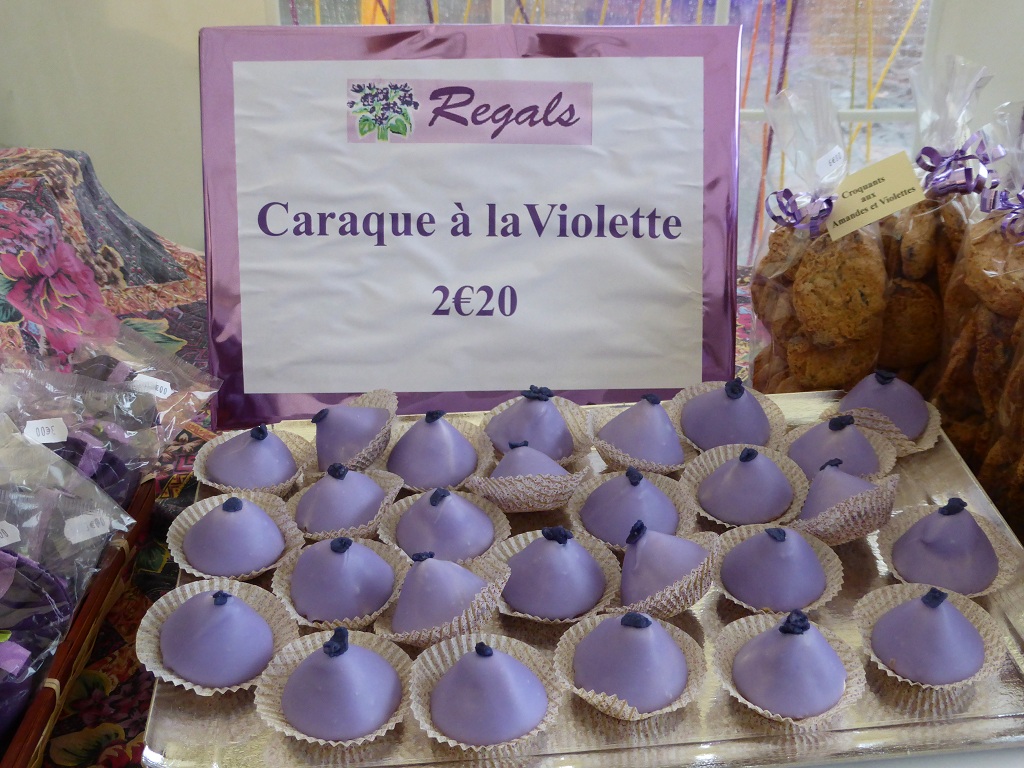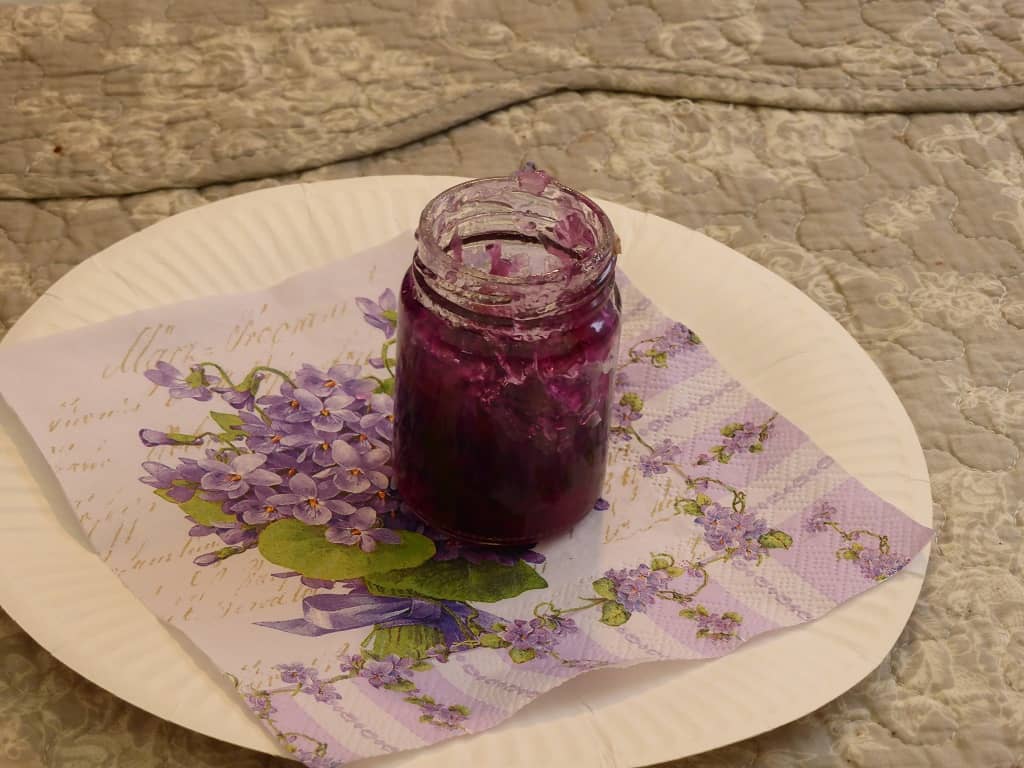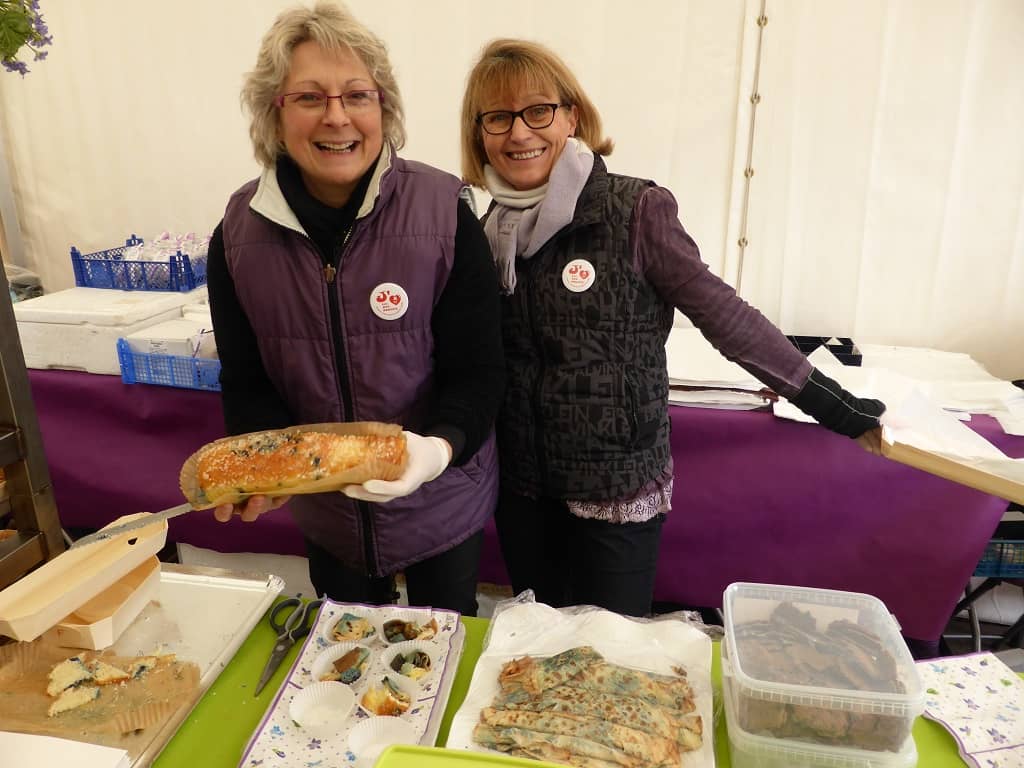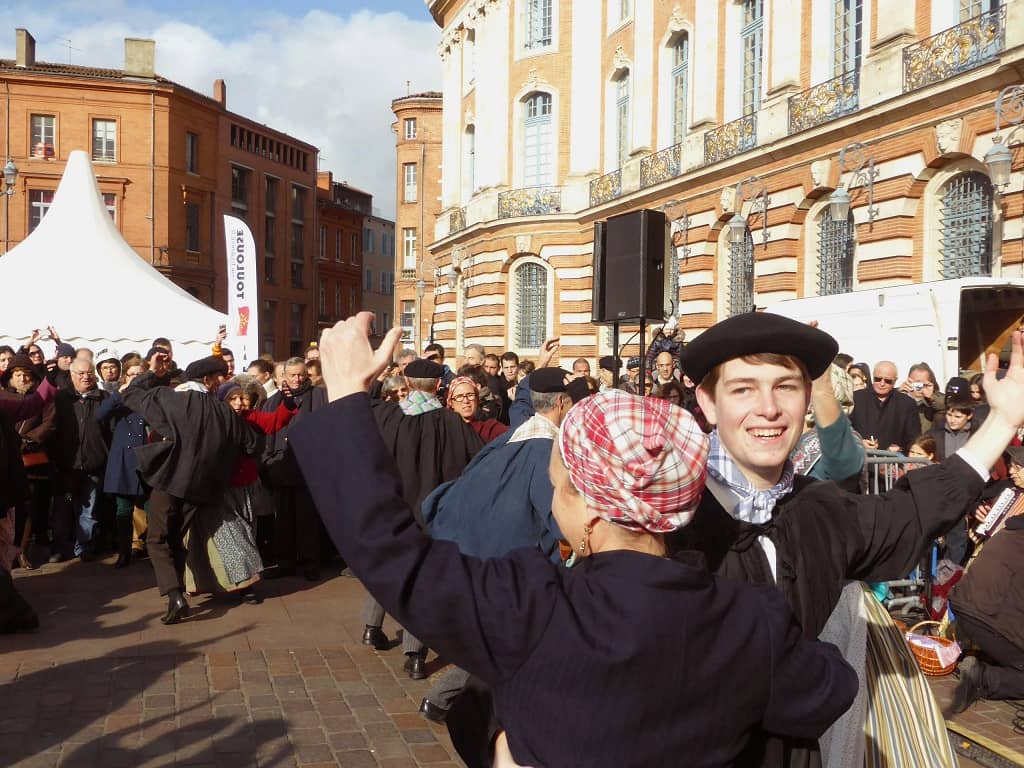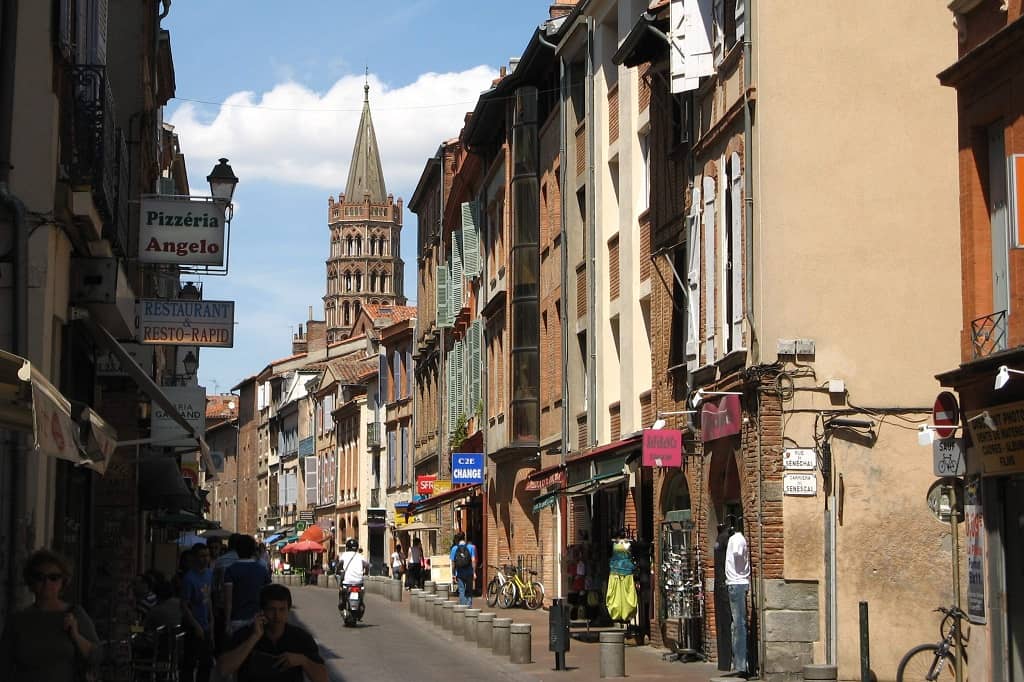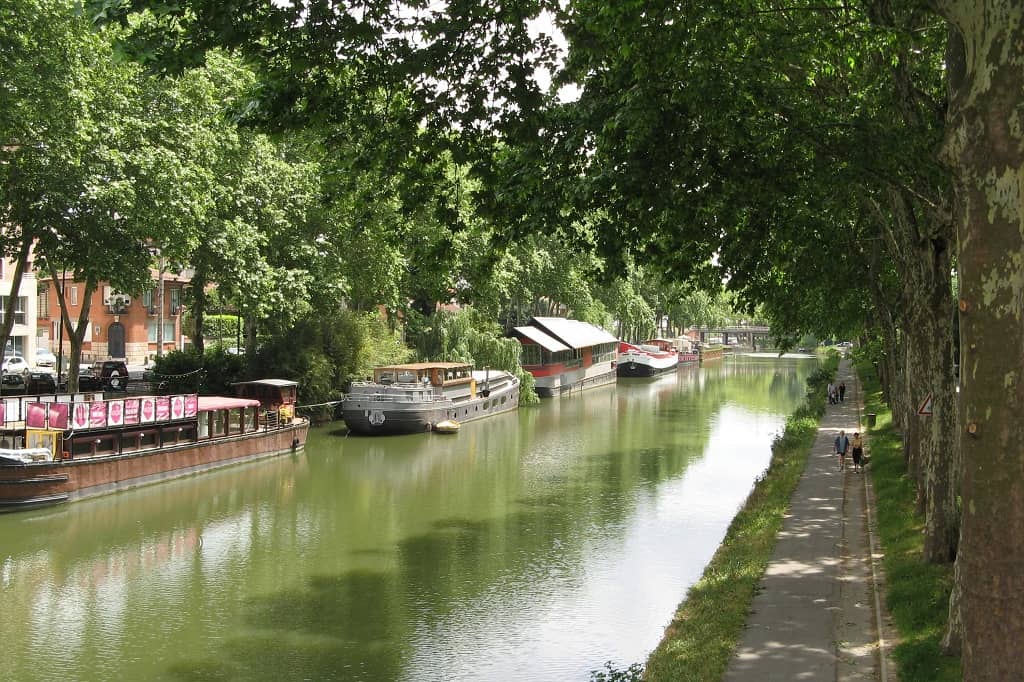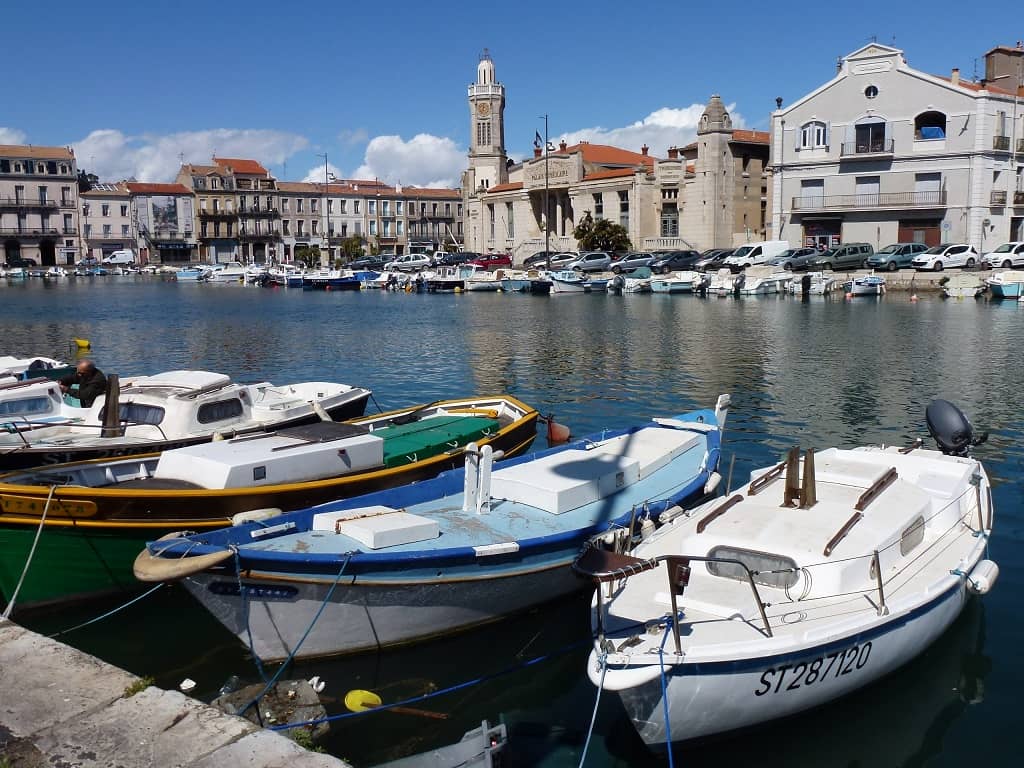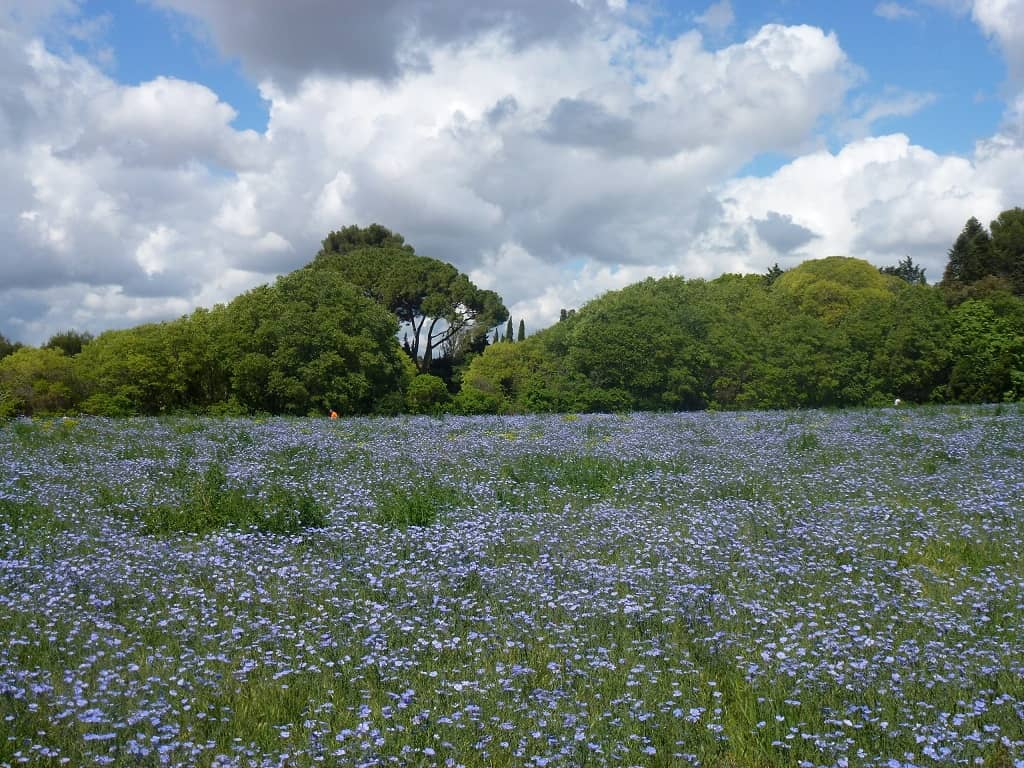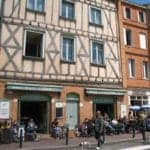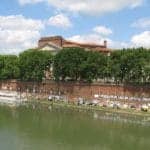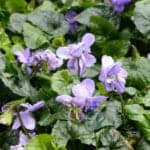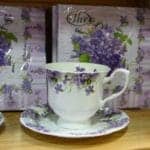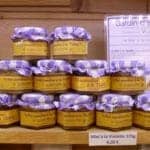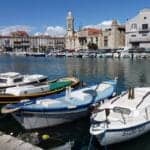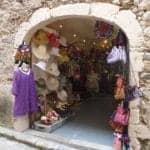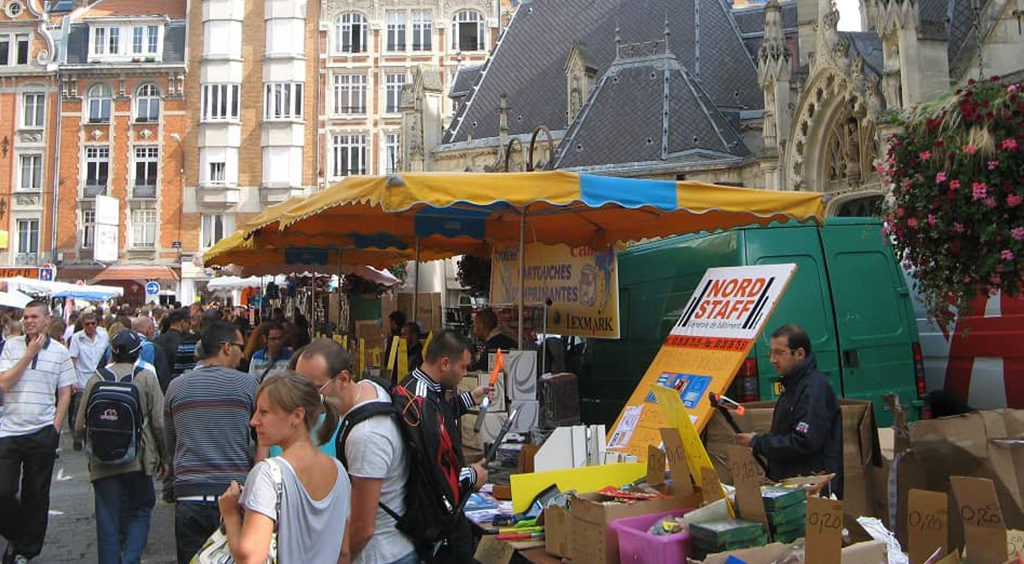Violet Festival, Fête de la violette
The town of Toulouse got famous for its gentle purple flowers and geese; besides, the French found a way to combine the pleasant and the useful, or in this case rather the greasy and the fragrant; and invented their courageous culinary combinations
When in the middle of the 19th century, a soldier of Napoleon III brought to his beloved a pot with violets from the Italian city of Parma, he had no idea what it would cause. After being transplanted into the soil, they thrived and quickly spread throughout the parks. As they bloomed from November to March, the vegetable growers began to cultivate them too, happy to make some money in the winter months. At the time of their greatest glory, violets fed six hundred families; each day three to six wagons full of flowers were leaving Toulouse and heading to Paris and farther to Europe - more than 600,000 bouquets were dispatched every year!
In 1956, however, a strong frost destroyed almost all the plants; in addition, they were easily affected by fungal diseases. Human help was needed, therefore in 1984, the Regional Chamber of Agriculture decided to act; to heal the degenerate flowers and avoid the extinction of the variety. Since they do not form seeds, they reproduce using "in vitro propagation" by rhizomes. It is a fiddly job that only about fifteen gardeners are doing today. ,,Violet of Toulouse” became a registered trademark, breeders and small producers joined together in the Terre de Violettes Association and since 2003, in February, at the peak of the flowering period they organize the Violet Festival.
Capitol Square was awash with stalls and I could admire all that can be produced from such a small flower - liqueurs, gingerbreads, honey, candies, but also some unusual products. For example hot cocoa - no one passed by without leaning over to the pot and sniffing whether it really smells of violets (it did). Or repulsive-looking (but yummy) pancakes with blue spots of melted sugar. A jelly roll cake, made of sponge dough and crystallized petals, that looked like full of dark blue temper colour. I fell in love with the Violette de Toulouse perfume, but after half an hour I wanted to scrub myself with an iron brush so I wouldn’t feel it anymore; it was too strong.
I liked tea that relaxes the airways, relieves cough and headache. Already four hundred years before AD, ancient Greeks used to tie small bouquets on the street corners for their soothing effects, and the Romans put on their heads a wreath of violets after the feasts to get rid of migraine. Their beliefs were later confirmed scientifically - the flowers contain a significant amount of salicylic acid, otherwise called aspirin.
Gardeners from urban greenhouses showed the visitors the technique of propagation of rhizomes and gave practical advice on how to take care of the plant. It is very resilient and if the temperature does not drop extremely, it will survive the winter on the balcony and even bloom. The Violet of Toulouse, unlike the simple Victoria, grown in the Provencal town of Tourrettes sur Loup, is characterized by a dense mauve flower with a white heart, which has between thirty and forty petals and it is very fragrant. The plant breeders also exhibited white, pink and pale blue varieties, imported from Australia, Japan and China, with poetic names like Lavender Lady, Rose of South America, Baroness Rotschild, Peace or Cinema Bizarre. Many people bought a bouquet, some at least a purple flower to pin on a coat; and I was glad I accidentally wore a purple shirt.
By the way, in Toulouse, the violet is a symbol of loyal, pure and modest love and men often use it to propose.
In the nineteenth century, also the demand for goose liver grew. Rural farms in south-western France adapted to the situation and began breeding birds with grey feathers. They did so well that the Toulouse goose gradually became synonymous with quality all over the world. Obviously; as soon as it grows a bit, a gosling can graze in a green meadow. There, together with a flock, enjoys freedom and juicy grass for at least fourteen weeks. Waddling, it happily gaggles, unaware that the idyll would end soon. Then, for two to four weeks it will be fatten. Farmers force-feed geese in order to gain weight, and in particular to cause theirs livers to swell up (ideal weight of foie gras, fattened liver, is around 600-900 grams). The experienced farmer can feel by touch whether the bird is ready for a baking pan or other processing.
The meat is consumed fresh; or it is bottled in grease and sterilized, then it lasts for several years. In a store, you can find it under the name "confit." Foie gras is sold in the specialized marché au gras markets, which start at the end of August. It is a big event which attracts people from all over the country. It is also processed into pâté; but beware, the cheaper the can, the less liver contains, although it does not mean that it will not be good.
Of course, the French found a way to combine the pleasant and the useful, or in this case rather the greasy and the fragrant, and invented their courageous culinary combinations. On the menus of local restaurants you can find goose breasts with violet honey; goose liver with violet preserve; chicken with pineapple, boiled in water scented with violet aroma; but also cod in violet breadcrumbs; chicory filled with goat cheese and violet honey; potato salad with anchovies, marinated in purple vinegar, or salmon rolls with violets. I didn't believe my eyes when I read the recipe for a puff pastry of white pudding and violets. I tasted a violet risotto; a warm toast, covered with violet mustard and pieces of liver; and a raspberry cream with crystallized violets. However, in many restaurants it is necessary to book these specialties 48 hours in advance to allow them to prepare it.
At least this simple syrup can be made at home: pour 3 cups of warm water on 28 grams of fresh flowers, cover and leave to infuse for 24 hours. Then filter, add half a cup of sugar and heat to dissolve. To maintain colour, the liquid should not boil. After cooling, pour into a bottle and store in the refrigerator.
The programme included a performance of the folklore ensemble. After five rounds, the dancers decided to involve the audience and before I even realized what was going on, I was hopping in a small circle. Turn and smile on a neighbour on the right; turn and smile to the left, and then suddenly they threw us into space, at the mercy of other men. First I caught a Frenchman, acquainted with local folklore and that was great; but all at once I found myself facing Japanese, who barely reached my waist. What he had not learned in the Land of the rising sun, he tried to catch up with enthusiasm; but in vain. Apparently he had never heard about polka in his life. Though I tried to lead him, he performed with a big smile something between breakdance and kazachok, while stepping on my boots. So at the next pairing, I threw myself into the crowds and left him to the local dancers.
Toulouse has a pleasant atmosphere; people smiled at me and greeted me like an old friend. Maybe they know better than elsewhere how to enjoy life. While I was eating, a 70-year-old couple entered the restaurant and sat down at the side table; they wished me a bon appetite, and then spent an hour kissing each other. I really hope I will end up like this in my seventies! : )
Tourists are attracted by the Airbus factory and the Cité de l'espace (Space museum), where you can see the full-scale model of the Ariane 5 rocket; as well as by a number of sights, including the Romanesque Basilica of Saint Sernin and the Pont Neuf bridge. By the way, thanks to its houses built often from the pink terracotta bricks, Toulouse is also called La Ville Rose, the Pink City. The narrow streets of the centre hide a number of interesting small shops, which are definitely worth visiting.
Few people probably know that another rarity is the Canal du Midi, a 240-kilometer-long unique piece of engineering. In the seventeenth century, the importance of shipping increased, more and more goods needed to be delivered and the detour around southern Spain and across the Gibraltar strait took a lot of time. Royal tax farmer and collector Pierre-Paul Riquet therefore convinced King Louis XIV to embark on a construction connecting the Atlantic Ocean with the Mediterranean Sea via the river Garonne. He prepared the project and began with the works.
The construction took fourteen years; twelve thousand workers were involved in digging and the canal was completed in 1682, six months after Riquet's death. It includes a number of masonry structures, chambers, aqueducts, even a tunnel. Later it was improved and broadened, but the development of the railway network caused its decline and today, as a UNESCO World Heritage site, is used mainly by tourists.
One of the boats moored on the river houses the boutique Maison de la Violette, the House of Violets, owned by Hélène Vié. At first, she only collected everything related to her favorite flower; finally she bought a barge and turned it into a delightful shop and tea room. Of course, if you want to leave comments in the purple guest book, you can use a pen with purple ink.
Toulouse is the ideal starting point for visiting the Pyrenees Mountains, but also the seaport of Séte, where the Canal du Midi flows. Because oysters and mussels are cultivated in the area, restaurants alongside the promenade offer delightful seafood dishes. A local specialty is tielle, a salty cake, filled with squid and octopus, mixed with a spicy tomato sauce. If you have a sweet tooth, don´t forget to visit the pale blue confectionery La Biscuiterie. Oh là là!
The charming student city of Montpellier is famous for its cheerful, painted trams. Some of them were even designed by fashion designer Christian Lacroix. After visiting the sights, you can take a rest in the Park area of Méric, but only in the reserved places, otherwise the locals will banish you; they don't like to see people sitting in grass. Meadow blooms from spring to autumn, changing clothes almost every month; sometimes it is white as freshly fallen snow thanks to margaritas, another time burns with millions of red poppies.
And for those who prefer a bit of history, there is the medieval Carcassonne or the stone village of Saint-Guilhem-le-Désert, which is on the official list of the most beautiful villages of France.
P.S. Since the weather during my February visit was horrible and I want to show you the beauty of Toulouse, I added some pictures from my summer stay.


